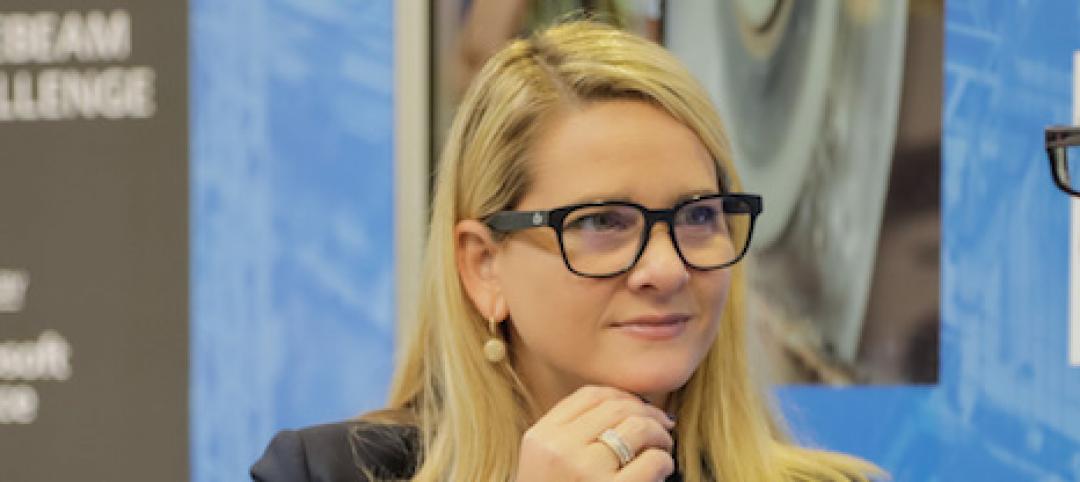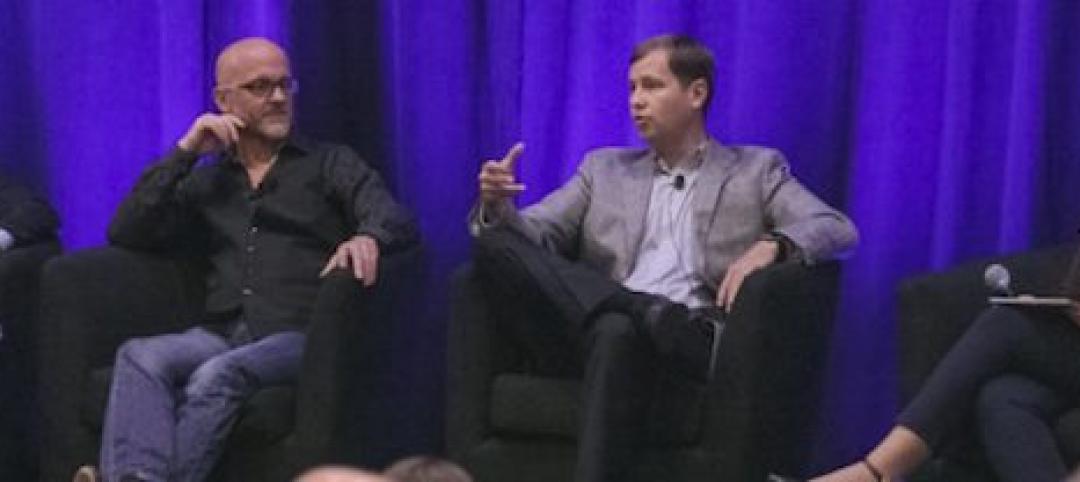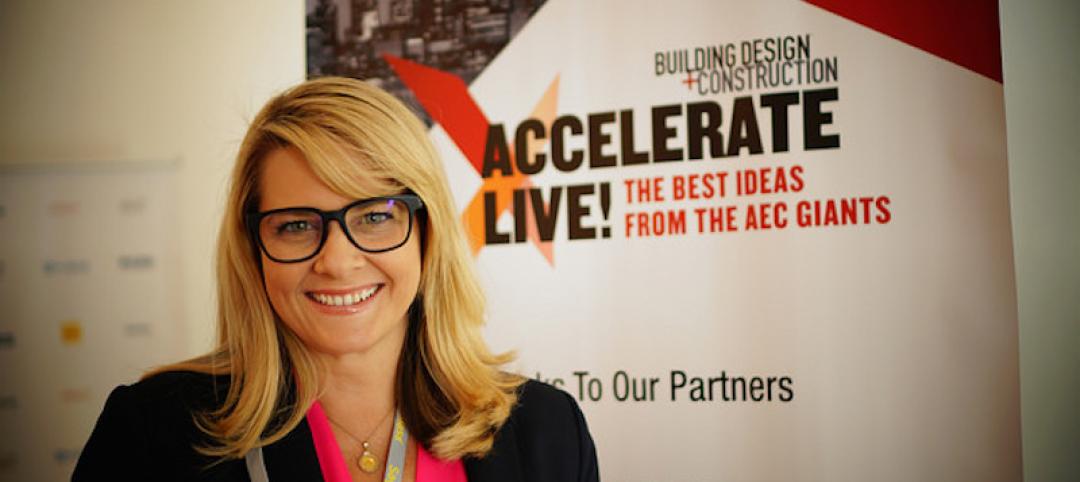My colleague and I were once asked an insightful question by a Civil Engineering Professor that sparked an interesting conversation. He’d been told about our software by some of his students who had used it during their summer internship. Wanting to stay current on new technology, he had a few questions about the functionality of the software.
My colleague began running through some of the product features, highlighting the areas relevant to the work his students most likely do during their internships. He stopped her mid-sentence and confessed there was really only one question he wanted answered. He paused and then asked, “Does your software automate the QA/QC process or does it simply provide an electronic platform for them to conduct their own analysis?”
He then went on to stress that he didn’t want his students using software that inhibited his ability to teach them the fundamentals of critical analysis, or provided shortcuts that undermined his efforts.
Interested in better understanding his perspective, I asked him to explain the reason for his question. He responded that he had worked for many years as an engineer, eventually making the move into higher education. In recent years, he’d become concerned by what he was witnessing as young engineers pushed for more design technology in the classroom.
Knowing that technology is something his students are extremely comfortable with, his concern was that their familiarity with technology would become a hindrance to his ability to teach the fundamentally important thought process of QA/QC work in engineering.
He made it clear he wasn’t against technology in the classroom. Conversely, he wished some of the tools available now were around when he was practicing. His main concern was focused on a specific point; his job is to ensure the next generation of engineers knows and understands the fundamental processes of critical analysis. How to validate your own design was something he learned to do manually when he was in school.
Now with technology sweeping into our schools, workplaces and personal lives, he sees a fundamental part of the process at risk. He views this as a critical learning stage and fears technology will actually hinder his ability to lay the foundation for developing the thinking process of young engineers.
Point taken, I responded that our software would not fully automate the QA/QC process but would allow the digital design information to remain digital. His students would still have to go through the process of design validation. But they could do it digitally, removing some of the more redundant processes typical with paper.
As a technology provider focused on improving efficiencies within AEC workflows, we still understand the value of human validation. Although some things can be automated, it doesn’t always mean they should be. I went on to suggest that perhaps the primary reason his students loved our software so much was because it allowed them to do their work in an environment they’re familiar with.
The fact of the matter is most of his students were raised in the Digital Information Age. This means they do not know a world without devices, and they most likely type more than they talk on an average day. The way in which they interact with the world around them is primarily through one form of technology or another. Although their behavior may appear to us as antisocial, they are actually an extremely connected generation, accustomed to collaborative communication at the speed of light.
According to American angel investor and venture capitalist Dave “Mr. Trend” Berkus, the Information Age began in 1971. Since then, communication speeds have increased ten million times, computer speeds have increased two hundred thousand times and wireless speeds have increased one million times. In other words, technology is here to stay. To his point, however, how can we find balance between leveraging technology to reduce redundancy and finding a way to still retain the knowledge necessary to validate the information generated through technology?
Having spoken to a few civil engineers working in the public and private sectors, there seems to be a need for mentorships between the seasoned knowledge workers and the fresh-out-of-school hires. I wondered, is it possible for technology to rob our next generation of valuable fundamentals they need to succeed? Or will technology ultimately bridge this gap and do the thinking for us? I’d like to hear your point of view.
What have you seen in your working environment? Are the Professor’s fears founded? If so, what means do you have in place to balance technology and manual design workflows?
Editor's note: This is sponsored content. The text and image were provided by the sponsor company.
More from Author
Sasha Reed | Dec 15, 2017
Future vs. current state of construction innovation: How will we make the leap?
Looking beyond today’s constraints to the possibility of what “could be” is a key characteristic of those defining and delivering innovation to design and building firms across the globe.
Sasha Reed | Sep 19, 2017
BIM vs VDC…how the US and the UK differ in approaching digital project delivery
In this four-part series, Bluebeam VP Sasha Reed sat down with industry experts to examine the need for defining and understanding digital workflows and data management throughout the design and construction project lifecycle.
Sasha Reed | Jul 19, 2017
Introducing StrXur by Bluebeam
Our goal is to present unique perspectives you may not be able to find anywhere else.
Sasha Reed | Jul 13, 2017
Defining the future by mastering the art of change
From my perspective, what separates organizations thriving in the digital revolution from those who are not boils down to one thing: leadership.
Sasha Reed | Mar 15, 2017
Incentivizing change: Show me the money
Who is succeeding, and on what terms? And what will it take for everyone to experience the benefits of that success?
Sasha Reed | Oct 4, 2016
The talent shortage: Will the training the AEC industry desperately needs arrive in time?
As the construction industry bounces back from the Great Recession, an entirely new class of tech-savvy construction professionals has been created, and the supply of these highly skilled, tech-proficient pros has been quickly exhausted.
Sasha Reed | Jul 11, 2016
Construction Disruption at AECX: Technology, hackathons and the promise of change in LA
The lead up to AECX featured a discussion providing insight into the current state of the AEC technological revolution by exploring opportunities, challenges and choices AEC pros face.
Sasha Reed | Jun 23, 2016
Implementing Change: The Five Biggest Mistakes to Avoid
Two truths from the jobsite: 1) The best part about uncovering a problem is discovering its solution, and 2) The worst part about discovering the solution is implementing it.
Sasha Reed | Jun 9, 2016
With all these sharks in the water… (No Predictions Here...Part 2)
Rather than fighting to control the proliferation of apps, perhaps we should be training our eyes to look for signs of long-term viability among all the fins in the water
















